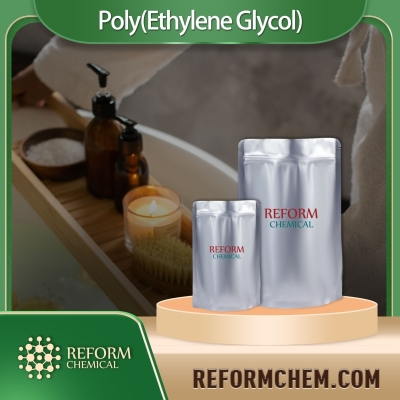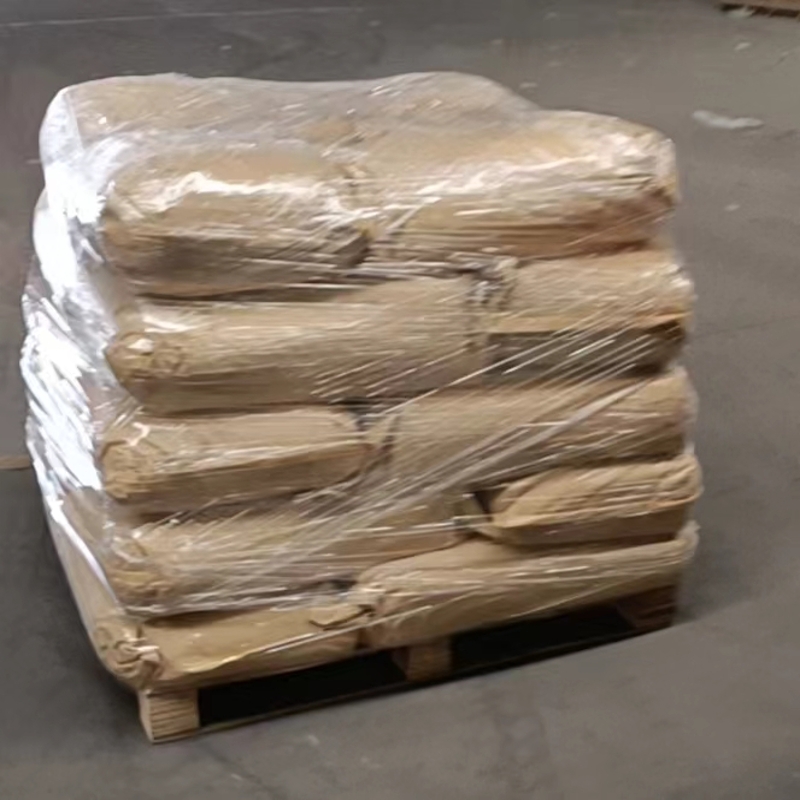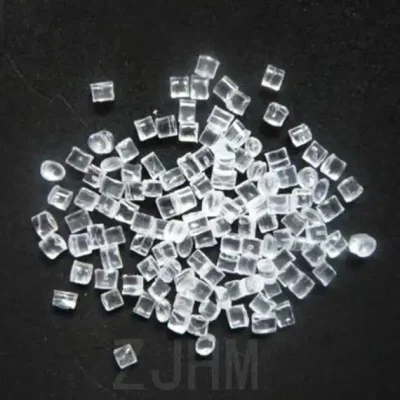-
Categories
-
Pharmaceutical Intermediates
-
Active Pharmaceutical Ingredients
-
Food Additives
- Industrial Coatings
- Agrochemicals
- Dyes and Pigments
- Surfactant
- Flavors and Fragrances
- Chemical Reagents
- Catalyst and Auxiliary
- Natural Products
- Inorganic Chemistry
-
Organic Chemistry
-
Biochemical Engineering
- Analytical Chemistry
-
Cosmetic Ingredient
- Water Treatment Chemical
-
Pharmaceutical Intermediates
Promotion
ECHEMI Mall
Wholesale
Weekly Price
Exhibition
News
-
Trade Service
Swedish startup Sol Voltaics has announced the technological progress
of solar nanowires.
By improving the nanowire arrangement of gallium arsenide (GaAs) in the thin film, the power generation conversion efficiency of solar cells was successfully improved.
The conversion efficiency of solar modules is expected to increase by 50% compared to the current level, reaching the level
of 27%.
Compared with the pyramid-shaped structure on the surface of the current mainstream battery, the surface structure of the nanowire cell is an elongated array, with a larger light-absorbing surface, and can absorb more angles and a wider wavelength of incident light
.
In order to solve the problem that the high aspect ratio of nanowires and material properties make it difficult to calibrate, Sol Voltaics has taken nanowire technology a big step
towards commercialization by controlling the calibration and orientation of nanowires at the centimeter level on standard-size epitaxial wafers.
In 2015, Fraunhofer-ISE certified Sol Voltaics' Eruna grown gallium arsenide nanowire solar cells to achieve a world record of 15.
3% conversion efficiency; Follow-up tests 18 months later confirmed little or no degradation in cell conversion efficiency, further confirming the reliability of
nanowire technology.
EnergyTrend analyst Lin Jianhan explained that due to the structural characteristics of nanowire technology, the battery will change the energy gap due to quantum size effects, so that the spectrum that can be absorbed is biased towards red or blue light, affecting power generation
.
In addition, in the process of power generation, the conversion efficiency of nanowire batteries may also decline due to nanoscale physical phenomena, and whether the nanowire structure can be protected will become a key to
maintaining conversion efficiency.
Eric Smith, CEO of Sol Voltaics, is excited about the company's results and believes that GaAs nanowires are ready to enter the industry
.
"By calibrating the nanowires inside the film, we have taken the biggest step
towards the commercial scale of manufacturing solar nanowire films," he said.
This will enable solar panel manufacturers to significantly increase the power generation capacity
of their products.
While there are still some hurdles to overcome in nanowire technology, Smith remains confident
in the technology's development.
Sol Voltaics is committed to improving solar energy absorption, power generation and energy storage efficiency through nanomaterials, and its most well-known key patented technology is the three-five group (III-V) Aerotaxy® nanowire solar cell thin film process and production platform
.
Sol Voltaics' nanowire solar cell technology can greatly improve the power generation efficiency of solar modules at a certain cost, and has been around
for generations.
Swedish startup Sol Voltaics has announced the technological progress
of solar nanowires.
By improving the nanowire arrangement of gallium arsenide (GaAs) in the thin film, the power generation conversion efficiency of solar cells was successfully improved.
The conversion efficiency of solar modules is expected to increase by 50% compared to the current level, reaching the level
of 27%.
Compared with the pyramid-shaped structure on the surface of the current mainstream battery, the surface structure of the nanowire cell is an elongated array, with a larger light-absorbing surface, and can absorb more angles and a wider wavelength of incident light
.
In order to solve the problem that the high aspect ratio of nanowires and material properties make it difficult to calibrate, Sol Voltaics has taken nanowire technology a big step
towards commercialization by controlling the calibration and orientation of nanowires at the centimeter level on standard-size epitaxial wafers.
In 2015, Fraunhofer-ISE certified Sol Voltaics' Eruna grown gallium arsenide nanowire solar cells to achieve a world record of 15.
3% conversion efficiency; Follow-up tests 18 months later confirmed little or no degradation in cell conversion efficiency, further confirming the reliability of
nanowire technology.
EnergyTrend analyst Lin Jianhan explained that due to the structural characteristics of nanowire technology, the battery will change the energy gap due to quantum size effects, so that the spectrum that can be absorbed is biased towards red or blue light, affecting power generation
.
In addition, in the process of power generation, the conversion efficiency of nanowire batteries may also decline due to nanoscale physical phenomena, and whether the nanowire structure can be protected will become a key to
maintaining conversion efficiency.
Eric Smith, CEO of Sol Voltaics, is excited about the company's results and believes that GaAs nanowires are ready to enter the industry
.
"By calibrating the nanowires inside the film, we have taken the biggest step
towards the commercial scale of manufacturing solar nanowire films," he said.
This will enable solar panel manufacturers to significantly increase the power generation capacity
of their products.
While there are still some hurdles to overcome in nanowire technology, Smith remains confident
in the technology's development.
Sol Voltaics is committed to improving solar energy absorption, power generation and energy storage efficiency through nanomaterials, and its most well-known key patented technology is the three-five group (III-V) Aerotaxy® nanowire solar cell thin film process and production platform
.
Sol Voltaics' nanowire solar cell technology can greatly improve the power generation efficiency of solar modules at a certain cost, and has been around
for generations.







